
Housed in an elegant 18th-century viceroy’s mansion, this museum features one of Lima’s most impressive and beautifully curated ceramic collections. Established in 1926 by pre-Columbian art collector Rafael Larco Hoyle, it showcases over 50,000 pieces representing ancient cultures such as Cupisnique, Chimú, Chancay, Nazca, and Inca. Highlights include exquisitely detailed Moche portrait vessels, displayed in striking, minimalist lighting, and an extraordinary Wari textile featuring 398 threads per linear inch—a weaving record.
The museum also displays a collection of gold and jewelry, but many visitors are drawn to its separate gallery of pre-Columbian erotic pottery, offering a humorous and explicit glimpse into ancient sexuality. A particularly memorable exhibit even explores sexually transmitted diseases.
After your visit, unwind at the excellent on-site Café del Museo, which overlooks a serene, bougainvillea-covered garden—an ideal setting for enjoying a ceviche.
To get there, take a ‘Todo Bolívar’ bus from Av Arequipa in Miraflores to the 15th block of Bolívar. A painted blue line on the pavement will guide you from the museum to the nearby Museo Nacional de Antropología, Arqueología e Historia del Perú, just a 15-minute walk away.
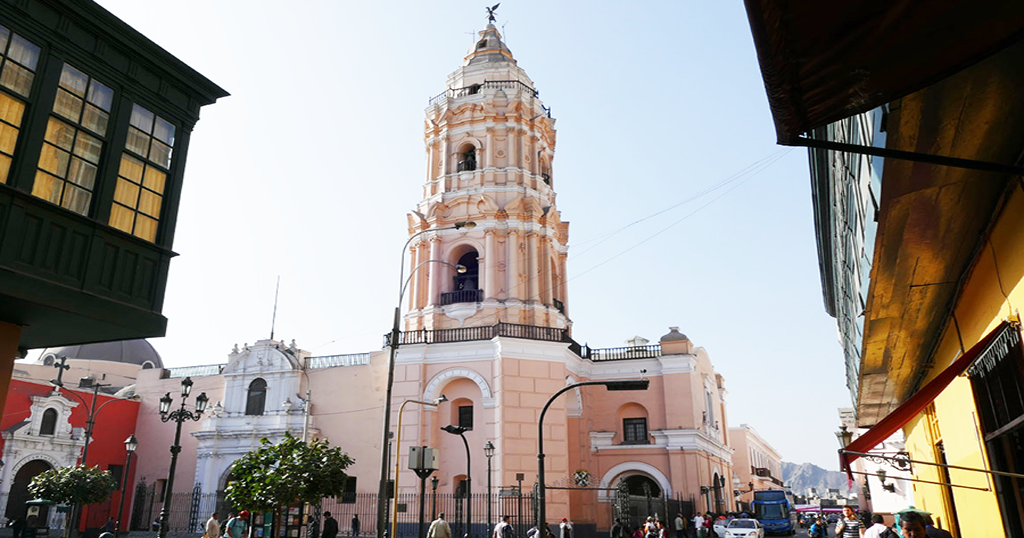
One of Lima’s most significant religious landmarks, the Iglesia de Santo Domingo and its vast convent were built on land granted to Dominican friar Vicente de Valverde, a key figure in the Spanish conquest who urged Pizarro to execute the Inca leader Atahualpa. Originally completed in the 16th century, the striking pink church has undergone several renovations over the centuries.
The site is especially revered as the burial place of three prominent Peruvian saints: San Juan Macías, Santa Rosa de Lima, and San Martín de Porres—the first Black saint of the Americas. The adjoining convent, a large and peaceful complex adorned with baroque art and traditional Spanish tiles, houses their tombs. Inside the church itself, visitors can view the most striking relics: the skulls of San Martín and Santa Rosa, enshrined in glass near the main altar.
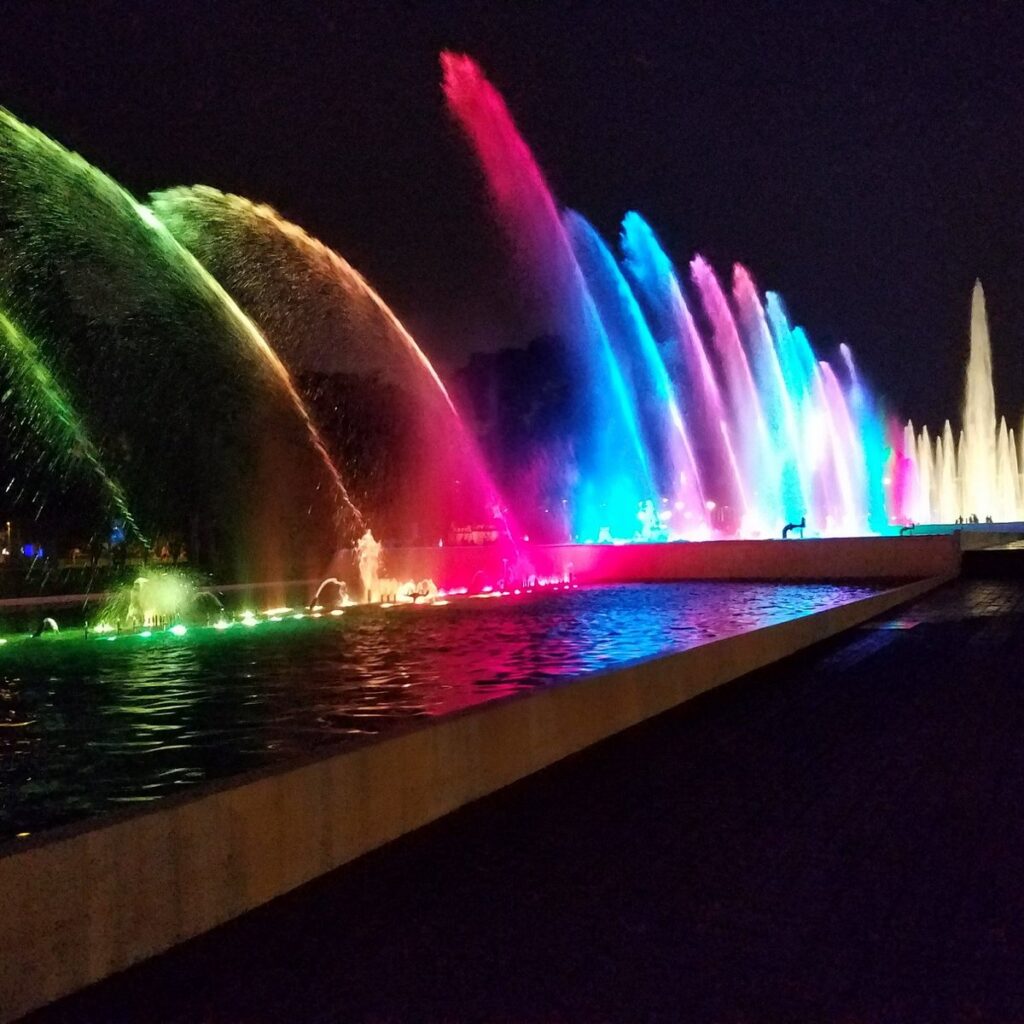
This dazzling display of illuminated fountains is so extravagantly theatrical that even the most jaded traveler can’t help but be amazed. Featuring over a dozen unique fountains, the highlight is the 120-meter-long Fuente de la Fantasía (Fantasy Fountain), which comes alive at night with a laser light show synchronized to an eclectic soundtrack—from traditional Peruvian waltzes to ABBA hits. It’s a spectacle you truly have to see to believe.
During the day, when the fountains are inactive, entry to the park is free, making it a peaceful spot for a stroll before the evening magic begins.

The thoughtfully curated Fundación Museo Amano showcases an exceptional private collection of ceramics, with a particular emphasis on pieces from the Chimú and Nazca cultures. It also boasts an impressive array of lace and textiles crafted by the coastal Chancay culture. Visitors can enhance their experience with an optional 1.5-hour guided tour available in English, Portuguese, or Spanish.
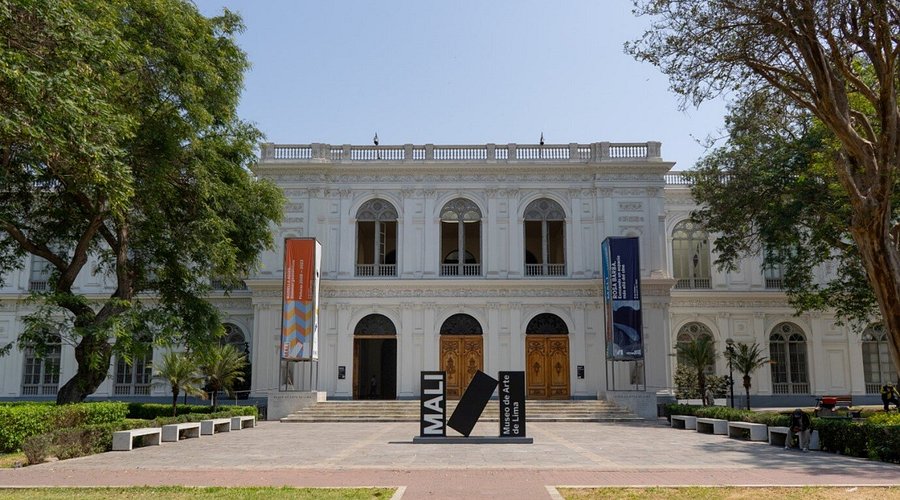
Known locally as MALI, Lima’s main fine arts museum is set in a beautifully restored beaux-arts building, renovated in 2015. Its diverse collection spans from pre-Columbian artifacts to contemporary works, offering a comprehensive look at Peru’s artistic heritage. Guided tours are available for special exhibitions, and admission on Sundays is just S/1, making it highly accessible. A new satellite museum is currently being developed in the Barranco district.
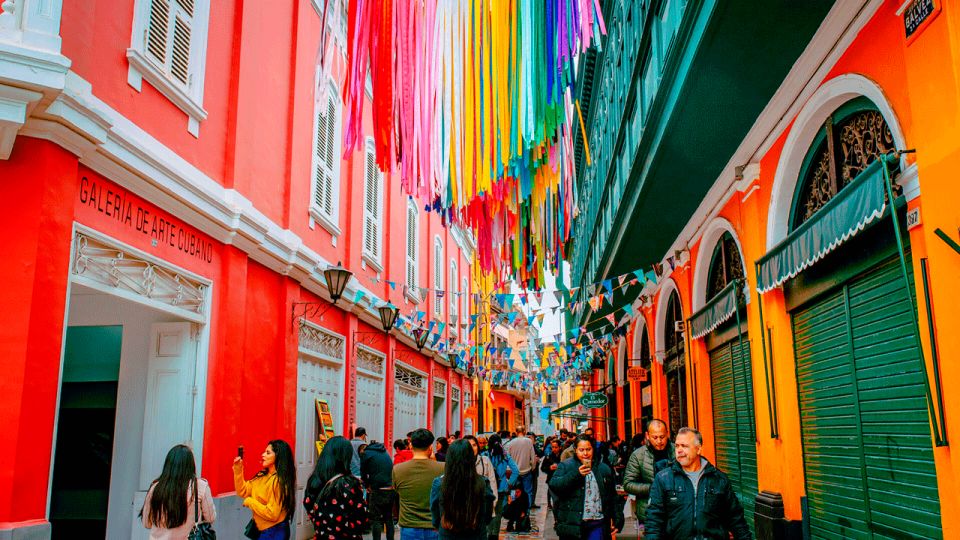
Renowned graffiti artists are playing a key role in revitalizing the once-gritty neighborhood around Casa Ronald, a stunning 1920s architectural gem. Now a thriving creative hub, Monumental Callao is home to art galleries, studios, and restaurants, with resident artists often giving back to the local community through workshops and events.
On weekends, the energy ramps up with rooftop DJ sets, live salsa performances, and fashion shows that transform the vibrant Spanish-tiled walkways into stylish runways. It’s a dynamic blend of street art, culture, and community spirit that’s breathing new life into this historic district.
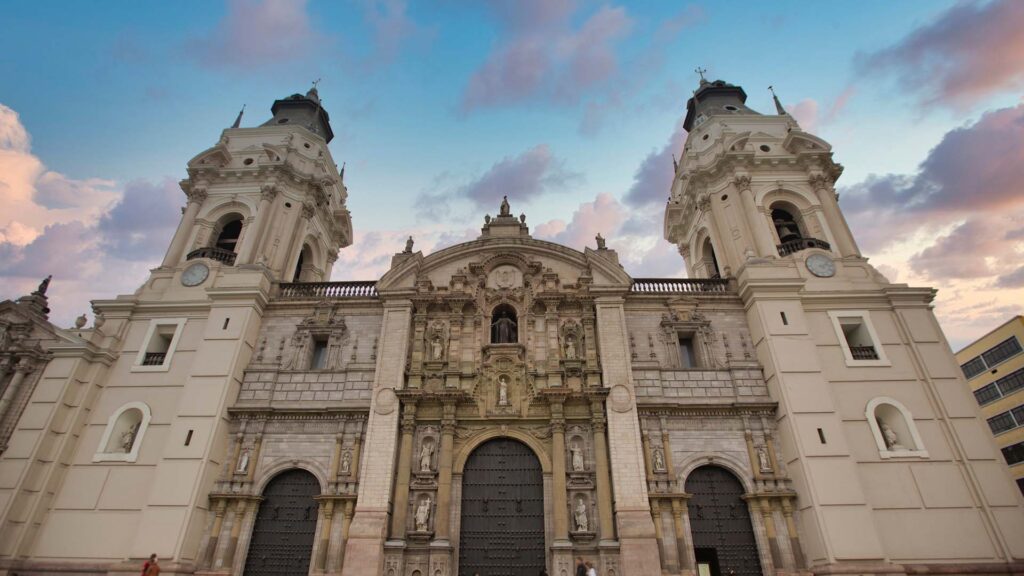
Located beside the Palacio Arzobispal, Lima’s cathedral stands on the very site that Francisco Pizarro designated for the city’s first church in 1535. While the building still features a baroque façade, it has been rebuilt several times—first in 1551, again in 1622, and after devastating earthquakes in 1687 and 1746. Its most recent major restoration took place in 1940.
The neoclassical trend of the late 18th century stripped much of the ornate baroque interior, but the cathedral still holds a wealth of artistic treasures. Along the nave, you’ll find over a dozen chapels showcasing altars in varied styles, and the intricately carved wooden choir by Pedro de Noguera, dating to the early 1600s, is a standout example of rococo sculpture. At the rear, the cathedral museum displays religious paintings, vestments, and an elaborately designed sacristy.
Near the main entrance is a mosaic-covered chapel containing the remains of Pizarro himself. In 1977, workers discovered multiple bodies and a lead box inscribed, “Here is the head of the gentleman Marquis Don Francisco Pizarro, who found and conquered the kingdom of Peru…” Forensic analysis in the 1980s confirmed that the body once on display was misidentified and that the headless, stabbed skeleton from the crypt was, in fact, Pizarro’s. His head and body were reunited and now rest together in the chapel, alongside the original inscribed box.
Guided tours are available in Spanish, English, French, Italian, and Portuguese for an additional fee.
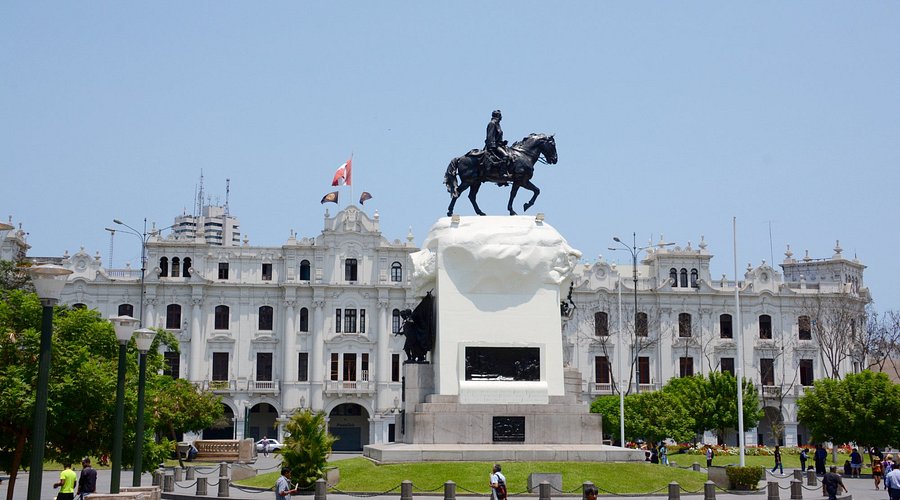
Plaza San Martín, built in the early 20th century, has been revitalized in recent years with restored gardens and freshly cleaned beaux-arts buildings framing its perimeter. The plaza is particularly enchanting in the evenings, when it glows under warm lighting. At its heart stands a statue of José de San Martín, the liberator of Peru, proudly mounted on horseback.
Look closely at the base of the statue to spot Madre Patria, Peru’s symbolic mother. A humorous twist lies in her crown: Spanish artisans were instructed to depict flames (llamas) atop her head, but due to a linguistic mix-up, they crowned her with a small llama instead—an endearing quirk that remains today.
Overlooking the square from the northwest is the historic Gran Hotel Bolívar, a grand 1920s-era landmark that once hosted heads of state and Hollywood stars.
WhatsApp us